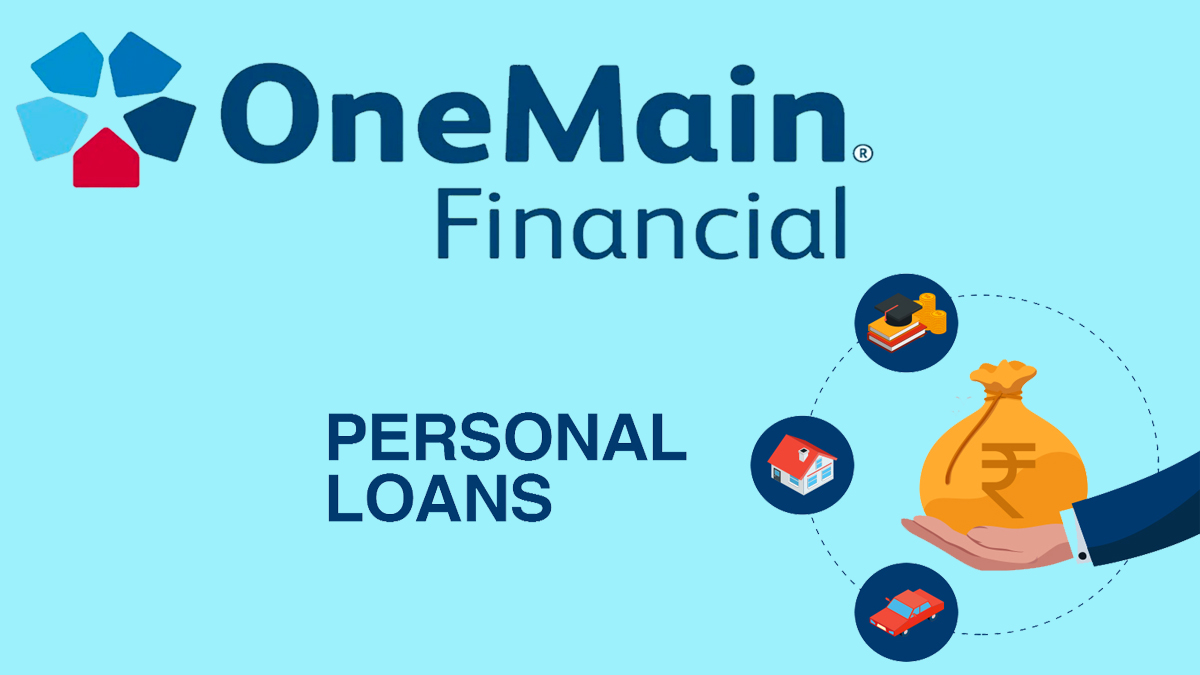Debt consolidation is a type of financial strategy where you take out one loan to pay off more than one existing debt. In recent times, many people and businesses have used this financial method to simplify debt management.

Instead of managing several payments with different interest rates, you easily combine them into a single monthly payment, often at a very low interest rate.
Debt consolidation makes it very easy to track debts and can also help in saving money in the long run. With favorable loan terms, you might pay less in interest and clear your debt faster.
However, it’s essential to understand the requirements for qualifying for such a debt consolidation loan to improve your chances of approval. In this article is how you can qualify and get a debt consolidation loan easily.
Steps to Get a Debt Consolidation Loan
Just as I have mentioned above, debt consolidation involves merging multiple debts into one new loan or credit line. If you’re finding it hard to keep up with several high-interest payments, this financing method could be a smart solution.
Credit card consolidation loans, in particular, might offer lower interest rates and fixed payments. It makes them easier to handle than the variable payments on credit cards.
If you’re considering consolidating your debt, below is how you can qualify and get what you need:
• Check your credit score
Aim for a credit score of 700 or higher to secure a debt consolidation loan with a favorable interest rate. If your score is lower, you might still qualify. But you need to keep in mind that the interest rate could be higher.
In that case, shop around for the best deals on bad credit loans. If the new loan’s APR isn’t better than what you’re currently paying, it might not be worth consolidating.
You can check your credit score for free through some banks or credit card issuers. Plus, you can easily get a free credit report weekly from any of the 3 credit bureaus at AnnualCreditReport.com. While the report doesn’t include your score, it does detail your repayment history, any negative marks, and your overall borrowing activity.
• List your debts and payments
It is advisable that you make a list of all the debts you want to consolidate, including the amount owed, the minimum monthly payment, and the interest rate for each.
Add up these amounts to determine the total loan amount you’ll need. Then, calculate the sum of your monthly payments to figure out what you can afford to pay on a new consolidation loan. Use a loan calculator to estimate the terms and interest rates required to make the consolidation worthwhile.
• Compare lenders
When you want to choose a lender or lending company for a consolidation loan, consider the APR, fees, and any additional benefits they offer. Check customer reviews on platforms like Trustpilot, CFPB’s Consumer Complaint Database, and the Better Business Bureau. This will help to ensure that you’re dealing with a reputable lender.
• Apply for the loan
Before applying and going through the application process, it is advisable that you gather the necessary documents, which typically include:
- Proof of income like your tax returns. W-2s, pay stubs.
- Proof of identity like your birth certificate or license to drive
- Proof of address
Many lenders offer online applications with quick decisions. However, traditional banks or credit unions might require an in-person visit and a longer approval process.
• Close the loan and start payments
If your loan gets qualified, you should review the loan documents carefully and clarify any uncertainties with the lender. Keep in mind that, once you agree to the terms, the lender will finalize the loan.
The funds will either be deposited directly into your account or sent to your creditors if you opt for that service. Always ensure that you keep up with your payments according to the new loan terms.
Tips for Managing Your Debt Consolidation Loan
Getting a debt consolidation loan is just the first step; managing it well is the main step. Here are five tips you need to help you stay on track:
- Know your personal loan: Most debt consolidation loans are personal loans, which are straightforward with lower interest rates and fixed terms. If you’re comfortable with more complex options, you might explore alternatives like a 0% intro APR credit card, a HELOC, or a home equity loan.
- Check for other features: Besides the interest rate, look for any other features your lender offers. Some lenders, for instance, will pay off your old debts directly, saving the stress of doing it yourself.
- Confirm your old debt is cleared: After your old debts are paid off, either by you or your new lender, wait for confirmation from your previous lender that your balance is zero. Payments can take a few days to process, and if you overpay, any extra funds will be refunded.
- Set up autopay: Enroll in autopay to make sure that you never miss or default in payment. This helps you avoid late fees and keeps your credit score intact by preventing missed payments from appearing on your credit report.
Before deciding on a debt consolidation loan to reduce debt and save money, it is advisable that you carefully consider the pros and cons. It’s crucial to understand how the lending process works. And how you can manage your new loan so that you’re prepared and can improve your chances of approval.
If you don’t qualify or have doubts about taking on another loan, you can easily explore other financial options available. Otherwise, you might find yourself with even more debt and an additional monthly payment that may affect and enlarge your debt.



